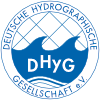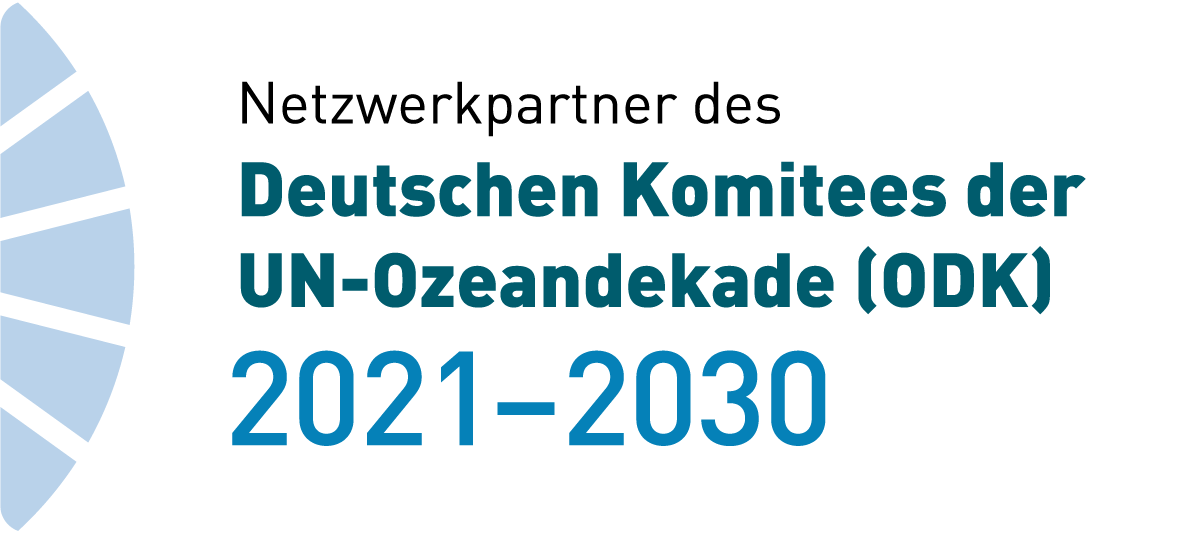HN Ausgaben wählen
- HN 132 (9)
- HN 131 (17)
- HN 130 (10)
- HN 129 (8)
- HN 128 (10)
- HN 127 (6)
- HN 126 (10)
- HN 125 (11)
- HN 124 (8)
- HN 123 (10)
- HN 122 (9)
- HN 121 (10)
- HN 120 (7)
- HN 119 (10)
- HN 118 (7)
- HN 117 (10)
- HN 116 (14)
- HN 115 (10)
- HN 114 (6)
- HN 113 (10)
- HN 112 (7)
- HN 111 (9)
- HN 110 (9)
- HN 109 (11)
- HN 108 (8)
- HN 107 (9)
- HN 106 (7)
- HN 105 (14)
- HN 104 (6)
- HN 103 (11)
- HN 102 (8)
- HN 101 (9)
- HN 100 (13)
- HN 097 (1)
Auf welche Weise wird das maritime Ökosystem durch Weltkriegsmunition beeinflusst?
Bei diesem Beitrag handelt es sich um eine Facharbeit aus dem Jahr 2022. Der Autor besuchte damals die 10. Klasse des Gymnasiums Reutershagen in Rostock. Für seine Facharbeit erhielt er den Anerkennungspreis des 20. Schüler¬projekt¬wett¬bewerbs »Schüler staunen …« in Mecklenburg-Vorpommern, der im Juni vergeben wurde. Wir veröffentlichen Auszüge der insgesamt 38-seitigen Facharbeit.
Ökosystem Meer | Verklappung | Munition Compounds | Bergung | Entsorgungsplattform
This article is a project paper from the year 2022, when the author was in year 10 at Reutershagen Grammar School in Rostock. He received the recognition prize of the 20th student project competition »Schüler staunen …« in Mecklenburg-Vorpommern, which was awarded in June. We are publishing extracts from the 38-page project paper.
marine eco system | dumping | munition compounds | salvage | disposal platform
- Ausgabe: HN 128, Seite 55–57
- DOI: 10.23784/HN128-09
- Autor/en: Arian Wulf
Der »Expertenkreis Munition im Meer«
Im Jahr 2011 wurde erstmals eine umfassende Bestandsaufnahme zur Munitionsbelastung in der deutschen Nord- und Ostsee veröffentlicht. Damals ging man von 1,6 Millionen Tonnen Munition aus. Diese Zahl wird noch immer angegeben. Anders hingegen betrachtet der Expertenkreis Munition im Meer heute die damalige Einschätzung, dass keine »großräumige Gefährdung der marinen Umwelt« besteht. Im Artikel wird die Organisation des Expertenkreises sowie seine Aufgaben vorgestellt.
In 2011, a comprehensive inventory of munitions pollution in the German North Sea and Baltic Sea was published for the first time. At that time, it was estimated that 1.6 million tonnes of munitions were present. This figure is still being quoted. Today, however, the Expert Group on Munitions in the Sea takes a different view of the assessment at the time, stating that there is no »large-scale threat to the marine environment«. The article presents the organisation of the expert group and its tasks.
- Ausgabe: HN 128, Seite 53–54
- DOI: 10.23784/HN128-08
- Autor/en: Alexander Bach
Industrielle Räumung verklappter Munition – eine Generationenaufgabe
In Verklappungsgebieten liegt Munition in großen Mengen auf verhältnismäßig kleinem Raum auf dem Meeresboden. Nun werden Möglichkeiten erprobt, diese Munition systematisch zu bergen und sicher zu entsorgen. Gesucht ist eine Prozesskette für die wirksame und wirtschaftliche Räumung mit einem hohen Automationsgrad – am besten direkt auf See von einer schwimmenden Entsorgungsplattform aus. Das Konzept für eine solche Entsorgungsplattform wird von der thyssenkrupp Marine Systems GmbH entwickelt.
Blindgänger | SeaCat | Baugrunderkundung | Entsorgungsplattform | Hebetool | Sofortprogramm
In dumping areas, large quantities of munitions lie on the seabed in a relatively small area. Ways of systematically recovering and safely disposing of these munitions are now being trialled. A process chain for effective and economical clearance with a high degree of automation is being sought - preferably directly at sea from a floating disposal platform. The concept for such a disposal platform is being developed by thyssenkrupp Marine Systems GmbH.
UXO | SeaCat | ground investigation | disposal platform | lifting tool | immediate action programme
- Ausgabe: HN 128, Seite 47–52
- DOI: 10.23784/HN128-07
- Autor/en: Julien Hansen, Martin Rütten, Stefan Wenau
Das Sofortprogramm Munitionsaltlasten in Nord- und Ostsee
Das Sofortprogramm der Bundesregierung legt die Voraussetzungen für eine systematische Beräumung und Entsorgung von Munitionsaltlasten im Meer. Selbst wenn mit einer ersten industriellen Anlage zur Entsorgung von Kampfmitteln auf See verhältnismäßig geringe Mengen an Munitionsaltlasten vernichtet werden, kann dies bei entsprechender Priorisierung der Beräumungsmaßnahmen zu einer signifikanten Reduzierung des Eintrags sprengstofftypischer Verbindungen in die Meeresumwelt führen.
Munitionsversenkungsgebiet | Beräumung | Sofortprogramm | Innovationspartnerschaft
The Federal Government’s Immediate Action Programme lays the foundations for the systematic clearance and disposal of munitions in the sea. Even if relatively small quantities of munitions are destroyed with a first industrial plant for the disposal of explosive ordnance at sea, this can lead to a significant reduction in the input of explosive-typical compounds into the marine environment if the clearance measures are prioritised accordingly.
munition dumping area | clearance | Immediate Action Programme | innovation partnership
- Ausgabe: HN 128, Seite 42–46
- DOI: 10.23784/HN128-06
- Autor/en: Wolfgang Sichermann
Marine dumped munition – Example from Lübeck Bay where test clearance will start in 2024
Substantial amounts of munition have been dumped in coastal areas of the German Baltic Sea. Hydroacoustic methods common for UXO surveys and advanced methodologies including AUV-based optical investigations have been used to support studies that investigate the impact of toxic explosive substances on the marine environment. Multibeam and side-scan sonar, and ROV- and AUV-based optical data sets give a good impression of the occurrence and type of munition in Lübeck Bay. Here, the two munition dump sites Pelzerhaken and Haffkrug were mapped and several thousand munition-like features were identified. Piles of boxes with small calibre munition, isolated torpedoes, scattered cluster-bomb bomblets, as well as clusters of depth charges and aerial bombs could be identified. The combined approach of standard methods and robotic systems such as AUVs allowed detailed insight and scaling of the problem. Several completed and ongoing research projects and the publicity initiated by these projects pushed the German government to start an »Immediate Programme« to test different clearance technologies for munition dump sites and to develop final disposal options that allow industrial upscaling.
Lübeck Bay | marine munition | photogrammetric and hydroacoustic mapping | AUV
In den Küstengebieten der deutschen Ostsee wurden beträchtliche Mengen an Munition versenkt. Hydroakustische Methoden, die für UXO-Untersuchungen üblich sind, aber auch fortschrittliche Methoden, einschließlich AUV-basierter optischer Untersuchungen, wurden eingesetzt, um Untersuchungen zu Auswirkungen der toxischen Explosivstoffe auf die Meeresumwelt zu unterstützen. Fächerlot, Side-Scan-Sonar, ROV- und AUV-basierte optische Datensätze geben einen guten Eindruck über das Vorkommen und die Art der Munition in der Lübecker Bucht. Hier wurden die beiden Munitionsversenkungsgebiete Pelzerhaken und Haffkrug kartiert und mehrere tausend munitionsähnliche Objekte identifiziert. Kistenstapel mit kleinkalibriger Munition, vereinzelte Torpedos, verstreute Bomblets von Streubomben, aber auch Flächen mit Wasser- oder Fliegerbomben wurden identifiziert. Der kombinierte Ansatz von Standardmethoden und robotischen Systemen wie AUVs ermöglichte einen detaillierten Einblick und Abschätzung des Problems. Vergangene und laufende Forschungsprojekte und die durch diese Projekte ausgelöste Öffentlichkeitsarbeit veranlassten die deutsche Regierung, ein »Sofortprogramm« zu starten, um verschiedene Räumtechnologien erstmals in Munitionsversenkungsgebieten zu testen und Vernichtungsmöglichkeiten zu entwickeln, die eine industrielle Hochskalierung erlauben.
Lübecker Bucht | Munition im Meer | photogrammetrische und hydroakustische Kartierung | AUV
- Ausgabe: HN 128, Seite 34–41
- DOI: 10.23784/HN128-05
- Autor/en: Jens Greinert, Mareike Kampmeier, Valentin Buck, Torsten Frey


